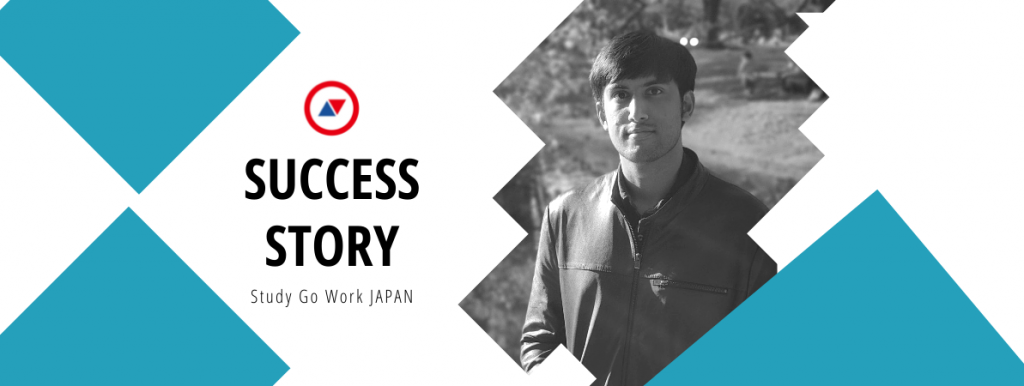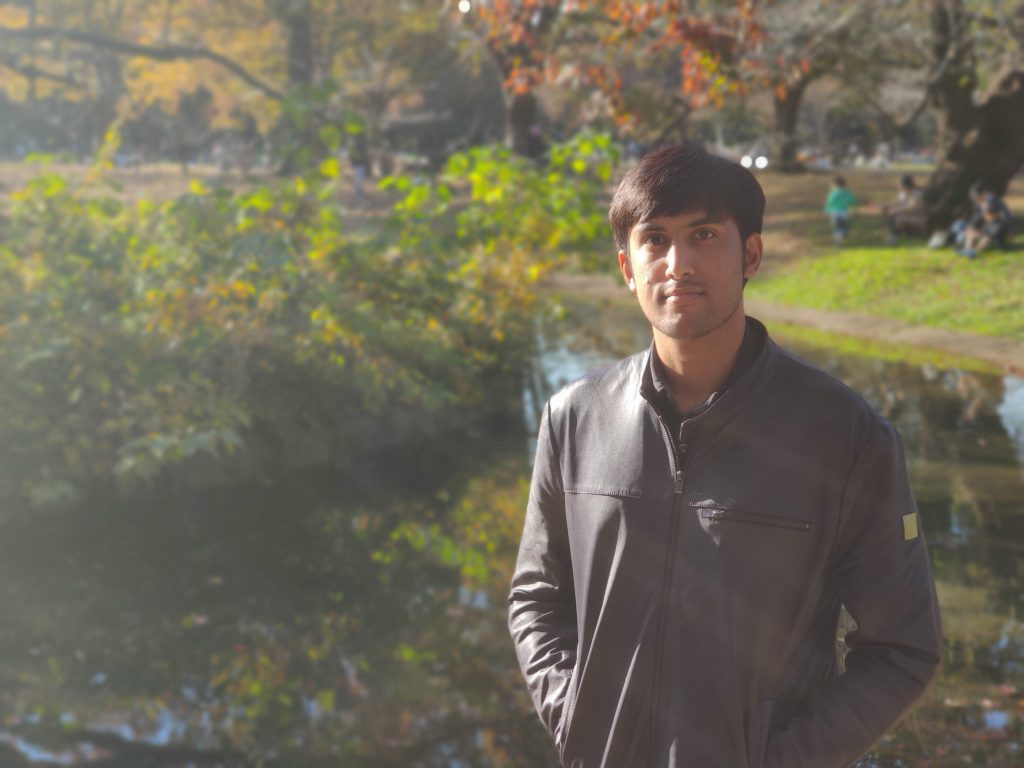日本での私の試みは、3年目の東京でのインターンシップから始まりました。2か月間、悪名高い日本の労働倫理、料理、文化を直接体験しました。学期の終わりまでに、私はこの点で、日本で働いていた私の先輩は、日本のプログラムにアジアを提案しました。プログラムを読んだとき、それは真実ではないことがわかりました!企業は素晴らしい経験のようでした。一番良かったのは、申し込みが完全に無料だったということです。そのため、すぐに申し込みました。しかし、申し込みたバッチで選ばれませんでした。幸い、このプログラムは毎月行われ、申し込みを続けています。私の側から余分な努力をすることなく、各反復の検討のために。
翌月、当選しました!合計3社が面接対象の1社を検討して選考する必要があります。選考から旅行までの間に、A2Jのスタッフが面接の準備を手伝ってくれました。取り上げられたトピックは、一般的な面接のヒント、日本のエチケット、そして私が面接している会社に関する詳細な情報でした。これらのセッションは非常に洞察に満ち、包括的でした。スタッフはとてもフレンドリーで、どんなに多くの質問でも、ユーモアがありました。
私が日本に着いたら、旅行全体が手間がかかりませんでした。交通機関と宿泊施設は世話をされていました。ポータブルモバイルホットスポットも受け取りました。スタッフも土壇場での指導を行い、面接の準備が整っていることを確認しました。また、東京への小旅行をこっそりと過ごすことができた自由な時間もたくさんありました。最終日、A2Jは私たち全員がうまくネットワークを築くことができたパーティーを主催しました。
A2Jのスタッフは、会社に選ばれた後、会社との給与交渉とロジスティクスの促進を支援しました。私はこれまでそのような交渉をしたことがなく、その方法も知りませんでした。スタッフの経験は私が良い報酬を得るのを助けました。私も日本語がわかりません。そのため、採用会社の依頼により、A2Jは入社日まで日本語教室を開設しました。私は現在このクラスに参加しており、この機会を最大限に活用して、できるだけ日本語に堪能になることを目指しています。
全体として、日本で働きたいと思っている人には、このプログラムを強くお勧めします。無料なので、応募するだけで失うものはありません。アプリケーションも短くてシンプルなので、完了するのにそれほど時間はかかりません。
My final year project is in the field of medical image analysis. The title of the project is “”A Generalized Deep Learning Framework for Whole-Slide Image Segmentation and Analysis””. Below is a summary of the project. Kindly refer to our paper for more detail (https://arxiv.org/abs/2001.00258).
To diagnose liver cancer, a tissue is first taken from the affected organ and put on a glass slide for observation. A pathologist then observes the tissue and tries to find how much the cancer has developed. He/she then makes a report and submits to the doctor who then decides on the treatment.
However, based on a study conducted by the National Cancer Institute in the USA, it has been
found that pathologists disagree with each other on a diagnosis 27% of the time on an average.
This is due to the fact that histopathological analysis is a complex subject and requires several
years of experience and study to perform accurately. Another reason is that pathologists might
have to look at a large number of cases in a short period of time thereby giving them less time for analysis per image leading to an incorrect diagnosis. This is a serious problem that might lead to mistreatment of the patient.
My final year research project aims to solve this problem. I am developing an algorithm that can
automatically detect cancer from scanned images of pathology slides. This can assist the
pathologist in making an accurate diagnosis faster. Specifically, I am trying to segment
the cancerous region from the whole slide images. Whole slide images are scanned images of the entire tissue sample put on a glass slide (typically 50,000×50,000 pixels).
To accomplish this task, I used deep learning methods. I made this decision because for general segmentation problems (ImageNet), deep learning has given the best results. Specifically, I used an encoder-decoder based fully convolutional architectures. Instead of just one model, I use an ensemble of 3 different architectures to get a better segmentation. Additionally, the input image is very large and the entire image cannot be passed through the network due to memory constraints. Therefore, I have come up with a segmentation method optimized for large images.
I tested the algorithm on the PAIP 2019 Liver Cancer segmentation and got an accuracy of 80% on test data with a sensitivity close to 1. I also participated in a segmentation challenge part of the MICCAI 2019 conference. The algorithm placed second from amongst 800+ participants worldwide and presented our work at the conference (Shenzhen, China). Having validated the efficacy of the algorithm, I developed a GUI on top of the algorithm as a prototype that can be used by pathologists to run the analysis. I’ve hosted the application at digipathai.tech.

